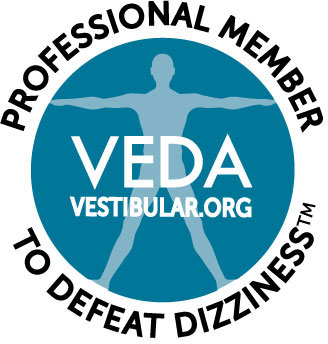One of my favorite things to do in my spare time is volunteer for the American Cancer Society’s Look Good Feel Better program. This is a class where I work with women who are undergoing cancer treatment, educating them about wigs and how to apply makeup. One day, as I was teaching my class, I started observing all the women with facial asymmetry. Everybody’s face is asymmetrical to some degree – though most people don’t realize this because the differences are often very slight, making them indistinguishable to the untrained eye.

What Causes Facial Asymmetry?
We are all born with faces that are asymmetrical, though some are affected more than others. While studies have shown that most people are attracted to those with the most symmetrical faces, many celebrities and models renowned for their beauty have asymmetrical faces. In fact, it could be argued that it’s those very facial variations that make them unique and attractive to others! Facial asymmetry occurs for a variety of reasons, such as a stroke, facial injuries like a broken nose, stressors during development or simple genetics. Most often, however, asymmetry is caused by a combination of factors, including muscle size and activity, underlying subcutaneous volume and skeletal shape, and variations in facial lengths.
How Significant Facial Asymmetry Can Affect Your Eyes
In most cases, facial asymmetry is either not noticeable, or so slight that it’s not a big deal when it is noticed. However, a face that’s extremely asymmetrical can cause functional problems, such as vertical heterophoria. In these instances, one eye is physically higher on the face than the other, causing images to be on non-corresponding points on the retina, which is like the film on the back of the eye. Simply put, our brains just don’t like this, and the way the body reacts to try to correct this problem is what causes the symptoms of headache and dizziness. If you think about it, it really makes sense. So if you suffer from headaches and dizziness, take a look at your bone structure; you may have vertical heterophoria.
At the Neuro Visual Center of New York, we treat vertical heterophoria through the use of aligning prismatic lenses. If you’re experiencing dizziness, headaches or other symptoms such as nausea or motion sickness, give us a call today at (516) 224-4888 to see how we can help you.






i used to suck in cheeks and try to smile so i can achieve good cheekbones and chiselled cheeks then one day i noticed my face has become lopsided when i speak one corner of my mouth goes up and even in photos my face look a bit lopsided. this has killed my confidence and i don’t even want to go out. can you help me doc?
Please contact your doctor. This could be Bell’s Palsy.
Same thing happened to me have you fixed it yet?